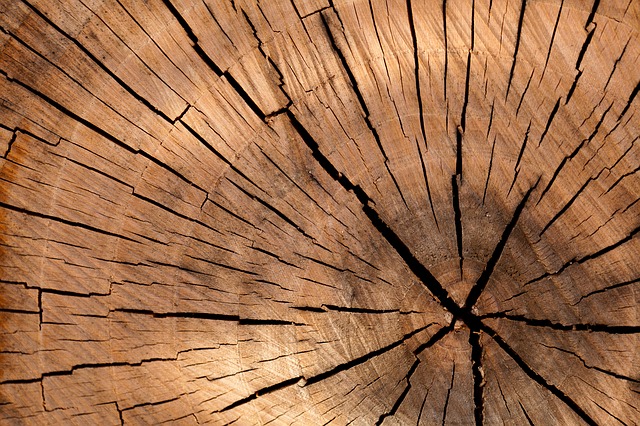Dendrochronology
Environmental Archaeology, A Guide to the Theory and Practice of Methods, from Sampling and Recovery to Post-excavation (second edition), published by English Heritage (now Historic England) in 2011, defines dendrochronology as: ‘tree-ring dating.’
It is a technique that involves reading the sequence of ring thickness values of a timber element. This can identify the date that the timbers were felled.
A tree gains another ring each year as it grows, with the thickness depending on the amount of growth. All the same trees in a region are likely to display the same chronological growth pattern. Therefore, by plotting the relative thickness of these rings, a clearly identifiable sequence of variations may emerge which can act like a date stamp for each period.
Master chronologies that span many centuries have documented tree ring data, enabling the cross-matching of historic timbers from existing buildings to determine the origin of timbers.
The advantage of dendrochronology is its objectivity. Where analysis results in a clear match with the master chronology the results are completely accurate and reliable.
[edit] Related articles on Designing Buildings Wiki
Surrey Hills Directory
[edit] Planning
Building Design in the Surrey Hills
[edit] Highways
Conserving and Enhancing Country Lanes in the Surrey Hills AONB
[edit] Biodiversity & Landscape
Landscapes Review: National Parks & AONBs 2019
Light Pollution - Threat to Migrating Birds
Making Local Nature Recovery Strategies deliver
[edit] Health & Wellbeing
Nature and Wellbeing: The Evidence
How nature can be used to improve wellbeing







